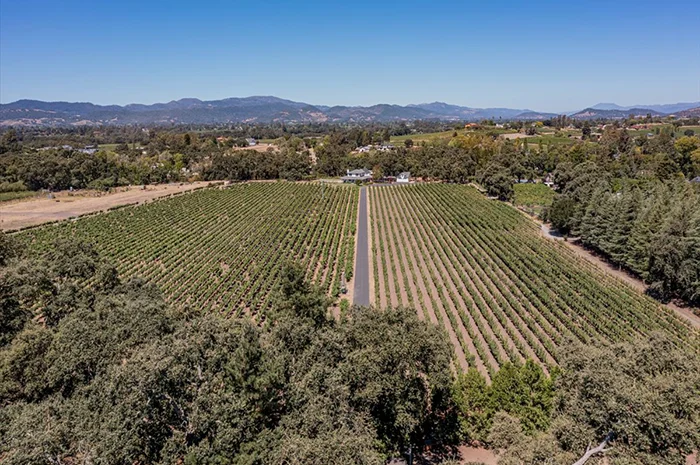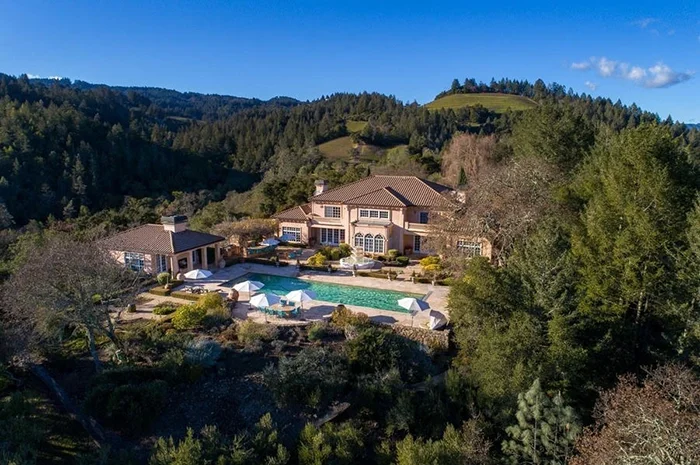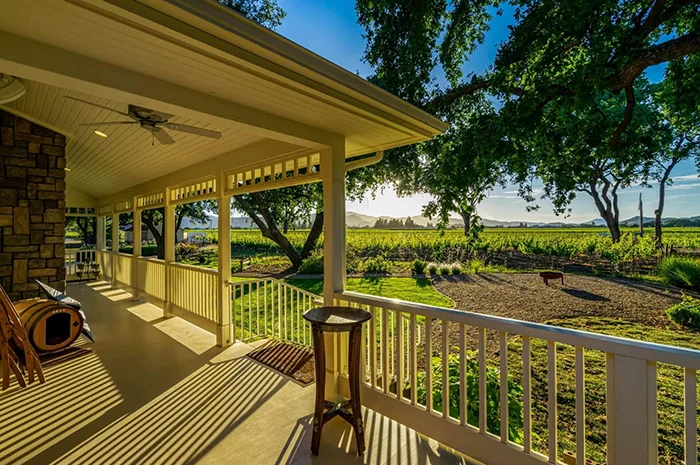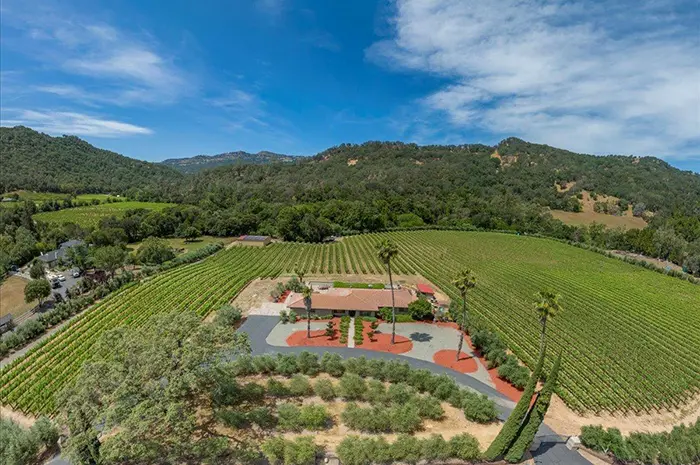Napa Valley Vineyards for Sale
Click here to Learn about Private / Discreet Winery Listings
For Immediate Service
Call Daniel Langberg
+1 (866) 794-6379
-

Napa Valley Winery with Stream
SOLD! – A rare, valley floor, 16+ acre private estate, that includes over 12 acres of income producing professionally managed, pristine, and highly productive vineyard planted in sauvignon
View Property -

Napa Winery & Estate
Just a few minutes’ drive from the wine-centric amenities of St. Helena, Napa’s highly acclaimed Juslyn Vineywards is for sale, offering a sprawling estate of nearly 45 acres
View Property -

Private Napa Valley Floor Winery
The Oak Knoll District of Napa Valley AVA is an American Viticultural Area located at the southern half of the valley floor between downtown Napa and the city
View Property -

Winery in Napa Valley (P2)
This stunning 13 acre vineyard/winery is located in Napa Valley’s peaceful and charming enclave of Gordon Valley. The winery is in one of Napa’s most secluded areas shared
View Property
Napa County Vineyards
Napa’s Wine History
Today, Napa Valley is one of the most recognized wine-producing areas in the US. But Napa Valley’s wine history started much earlier. In fact, there were already many wild grapes growing in the area when it was settled.
The Early History of Napa
One of Napa Valley’s early settlers, George Calvert Yount, first decided to take advantage of Napa’s ideal climate and soil for grape growing. Yount planted grapes in Napa Valley in 1839. Soon other settlers saw how well Yount’s grapes were growing and they introduced the first wine grapes to the area.
In 1861, Charles Krug founded the first of many commercial wineries in Napa Valley. Krug was wildly successful, and the quality of the wine he produced led many to settler in the area to grow their own grapes. By 1889, there were almost 150 wineries in operation in Napa Valley, a few of which are still in operation today.
Early 20th Century Napa Valley
Napa Valley didn’t see same success with wine production in the early 20th century. First, too many grapes were being grown and the price of wine grapes plummeted. Then, vineyards experienced phylloxera, a pest that attacks vines, for the first time. When phylloxera first spread across Napa, more than 80% of vineyard acreage died. Next came Prohibition. Most vineyards and wineries in Napa Valley were abandoned, as it was only legal to produce small amounts of sacramental wine.
Napa Valley’s Restoration
After Prohibition was repealed, vintners slowly made their way back to Napa Valley to once again take advantage of its ideal soil and climate. Several wineries that were established in Napa’s first heyday in the 18th century were brought back to life.
Once America had a taste of Napa Valley wine again, vintners poured back into the region. In 1944, several vintners formed the Napa Valley Vintners Trade Association to facilitate cooperation. Today there are over 500 wineries in the association.
Napa Valley Today
While Napa Valley has long been recognized by vintners in California and other US states, it become internationally renowned in the last 50 years. In 1976, Napa Valley vintners competed against European winemakers in the Paris Tasting, a blind wine tasting. In the end, Chardonnay and Cabernet Sauvignon beat out wines made in Burgundy and Bordeaux. From 1976 onward, Napa Valley has seen an incredible surge in vineyards and wineries.
Today, Napa Valley winemakers are leading the charge in sustainable growing. Vintners in Napa Valley want to maintain the area’s agrarian character to help sustain the fertile soil and to promote tourism. Napa is one of the most well-known wine regions in the world for its beauty, the quality of its wine, and its dedication to the environment.